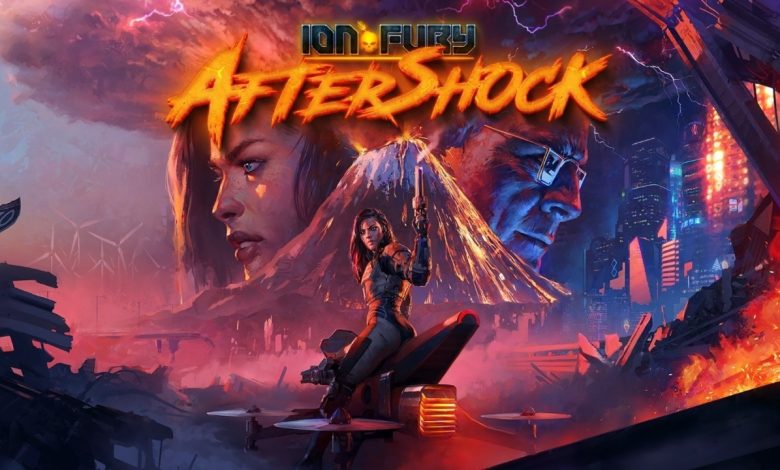
ION FURY: AFTERSHOCK
Four years after the release of Ion Fury, the old school First Person Shooters (Boomer Shooters for the hip folks among us) genre continues to pump out quality titles in droves, such as Turbo Overkill, Forgive Me Father, PowerSlave Exhumed, Project Warlock II, Warhammer 40,000: Boltgun, Hrot, Dread Templar, Prodeus etc. Among them arrives almost stealthily Ion Fury's DLC, Aftershock. One would consider that the interval between the two is too long for such a release, and reasonably so. But judging from the end result, it was well worth it. Keep reading to find out why.
In Ion Fury: Aftershock, Shelly "Bombshell" Harrison is not only hailed as a hero for thwarting the plans of the mad Doctor Heskel, but she has a bounty on her head from the Global Defense Force, which she was previously serving, for the collateral damage she caused to Neo D. C. Meanwhile, the good Doctor has somehow returned (not really, since there were some loose ends in the main campaign) and now Shelly finds herself hunted by both the cultists and his monstrosities, as well as her former colleagues in the Force. Of course, the plot is a standard fare, and provides an excuse to massacre the numerous enemies that stand in our way, in various ways.
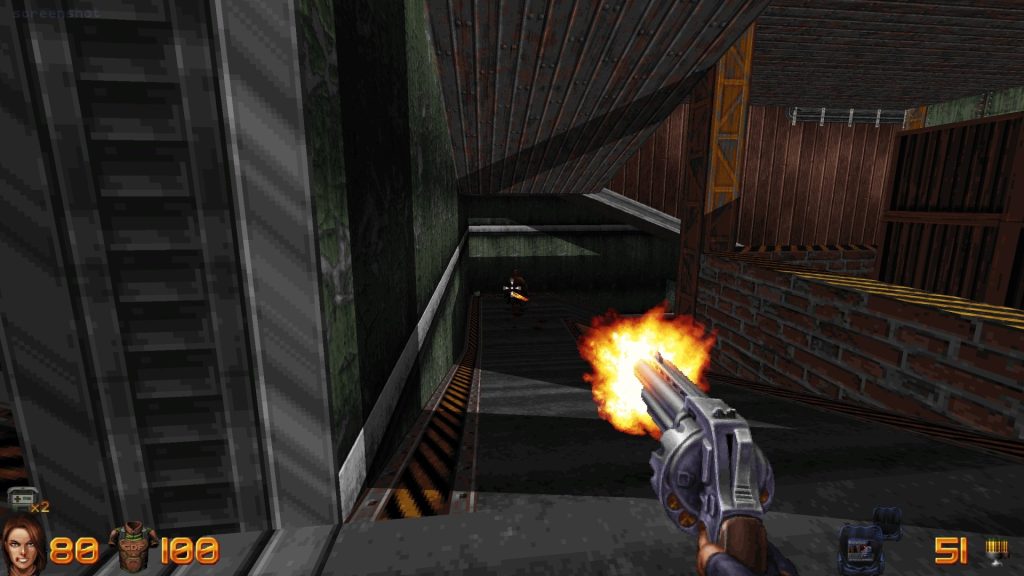
Aftershock's protagonist is still a tough bitch, the likes of which they don't make anymore, delivering scathing one-liners, sarcasm and hurt to her opponents. The expansion is rife with references to the pop culture of 80's and 90's movies and video games, whether it's Shelly's comments or one of the countless easter eggs, sometimes obvious and sometimes not. The creators give the impression that they were running some sort of unofficial contest to see how many of them could be crammed into the game's 15 levels. The level design is at a high level, as it was with the main campaign. You'll hardly notice assets being recycled, and the way in which the various passageways and rooms are joined together is largely absent from modern representatives of the genre. As for the various secrets that provide valuable ammo, armor, etc. there are more that enough to satisfy your appetite for hunting. Some of them require special observation and... imagination to reach them!
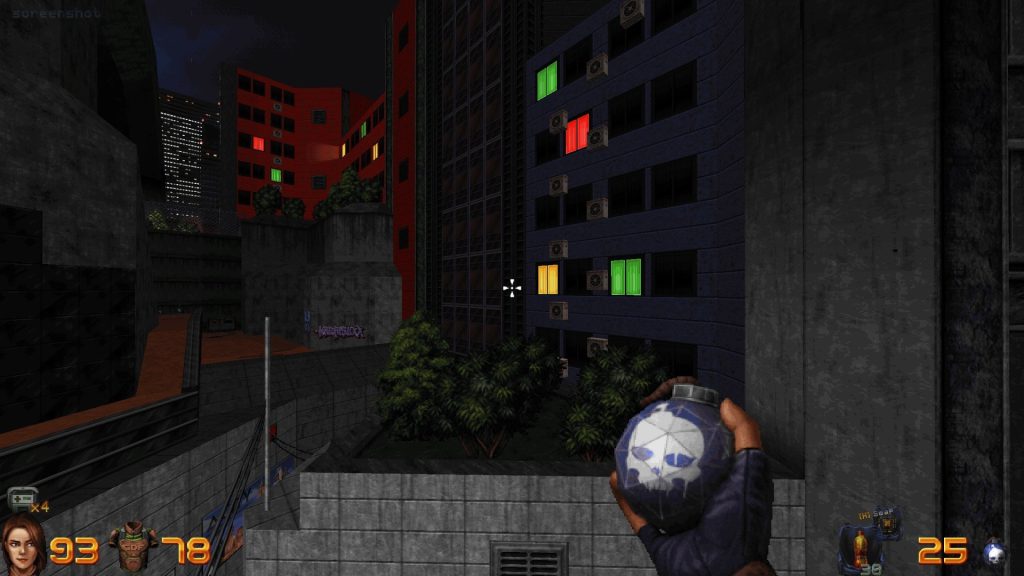
In terms of Bombshell's arsenal, we will find the familiar "tools" that we had in the main game. These work exactly the way we knew them and have the same feel and controls (primary fire/alt-fire with the left and right mouse clicks respectively). The secondary fire of the shotgun is a separate weapon now, the grenade launcher, with its secondary mode firing toxic gas grenades. The only new entry is the Wrecker, a powerful plasma cannon that can lock onto targets and unleash multiple bursts. Also, power-ups don't activate upon picking them up. Now, we can carry up to two at any given time and use them at the right moment, which clearly optimizes their implementation in encounters.
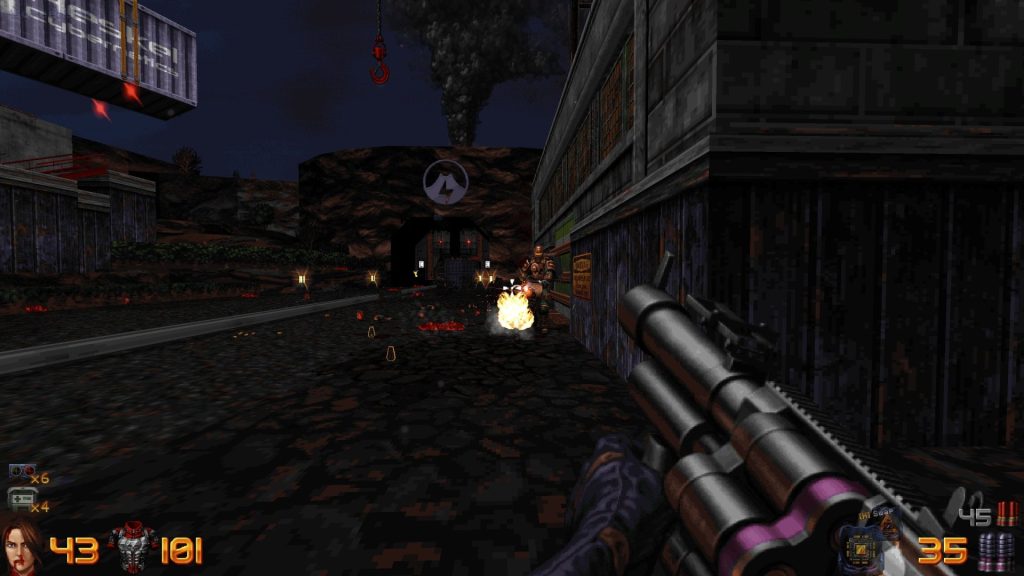
The biggest showpiece in Ion Fury: Aftershock, however, is without a doubt the hoverbike. I don't recall if we've ever seen any kind of vehicle in an old-school FPS before, but it's a joy to handle. In fact one level is a race against time on a track full of hazards. This futuristic bike is fast, with great acceleration and is equipped with two cannons that can shred the majority of our opponents to pieces. To provide some balance, the strafing is slow, but not when it's diagonal (where its speed increases, like Shelly's, a familiar trick in several retro FPSs), and so we have to manoeuvre appropriately to avoid enemy fire.
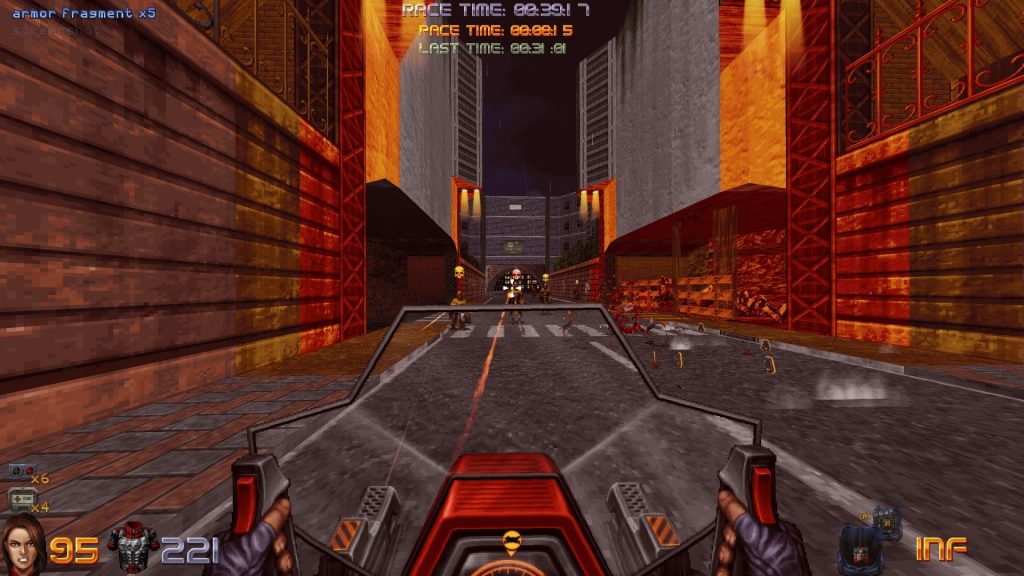
The challenge remains more or less on par with Ion Fury. Admittedly, due to overconfidence I considered starting Aftershock at the Ultra Viscera level (Hard), which would initially make me regret it. The enemies are no joke (there are some who can decimate our armor or life bar in seconds), and the game introduces harder variations earlier on, where our arsenal is limited and ammo is scarce. Every bullet and every secret we discover counts. The hardest moments are where we don't have good visibility and narrow places where we are ambushed. Along the way things get smoothed out quite a bit, but I don't want to imagine what might be going on in the next two difficulty levels, especially the last one has to be for masochists only!
Even 4 years later (and almost 3 decades after its debut) the upgraded Build Engine continues to provide beautiful scenery and effects. The gibs and gore of our opponents being blown up, the destruction of the environment, etc. increase the adrenaline rush and contribute to rendering the intense action on our screens. Also the feature of the engine to render multiple planes, vertically stacked (commonly known as verticallity) that give a palpability to the environments remains noteworthy, as it is not a true 3D engine. This also contributes to the occasional platforming parts of the game, some of which are challenging. The tunes remain electronic in origin, in fact quite a few are like going to a party where Prodigy is on the playlist, and while I would have preferred something more ambient, I can't say they're not in line with the vibe of the game.
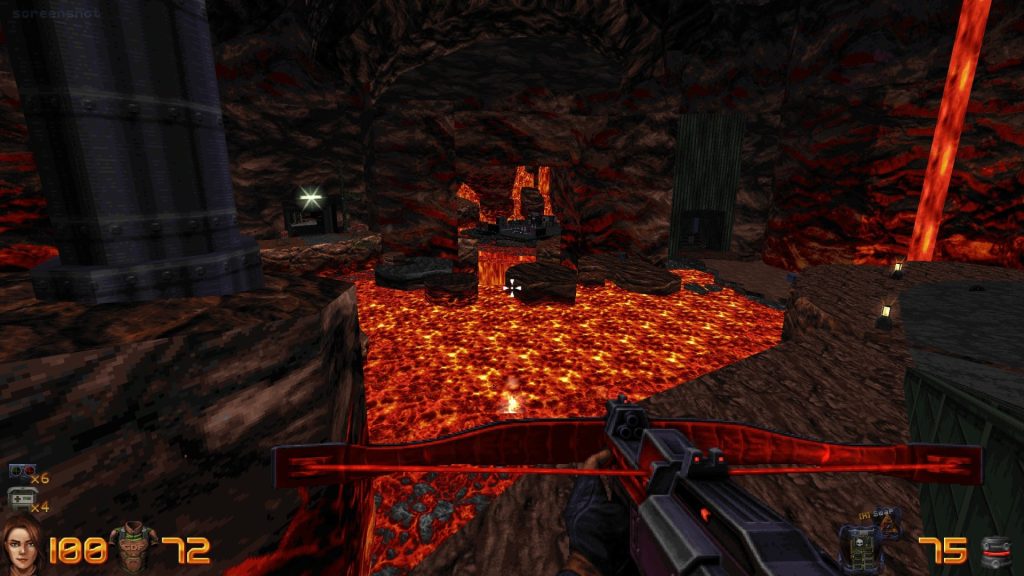
In conclusion, this is Ion Fury: Aftershock. A satisfying 7+ hour long expansion that offers the same experience as the main game, with some minor tweaks and improvements. In terms of sheer value for money it rivals the expansion packs of their 90's counterparts, and proves once again that it's better for a game to be painstakingly developed and served "when it's ready", rather than a half-hearted outing that takes advantage of the hype. For those of you who had a good time with Ion Fury, Aftershock is a must buy.
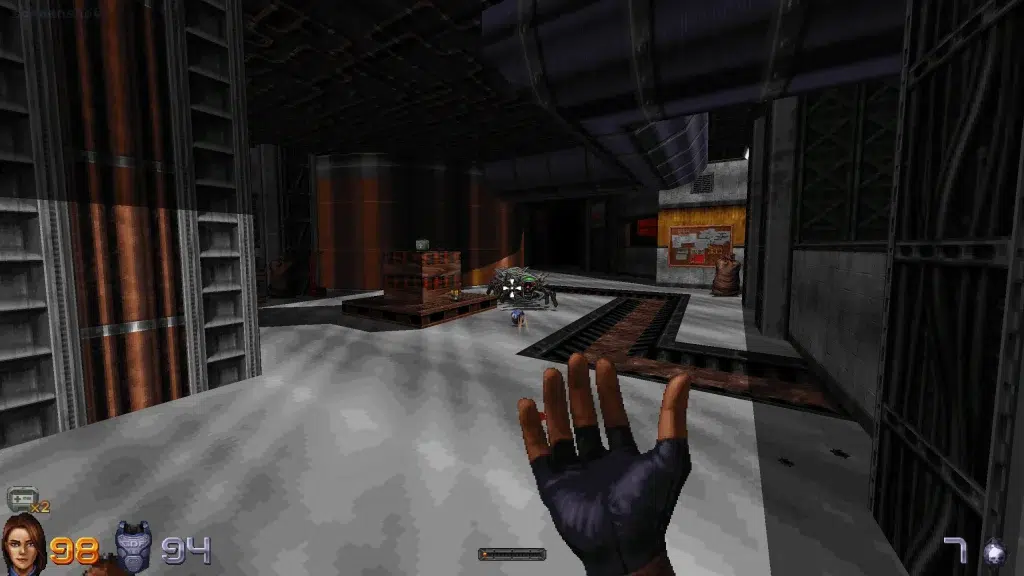
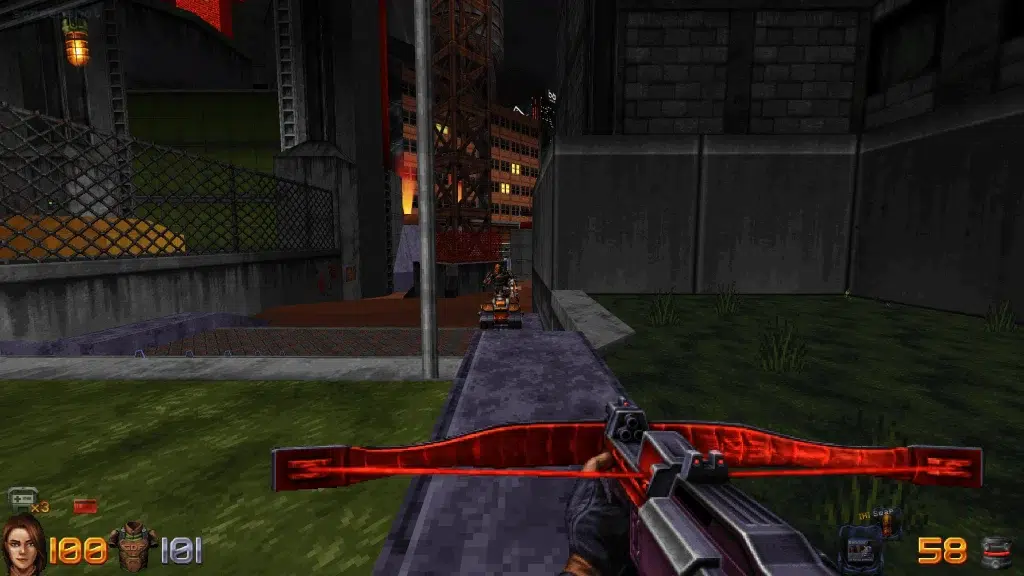
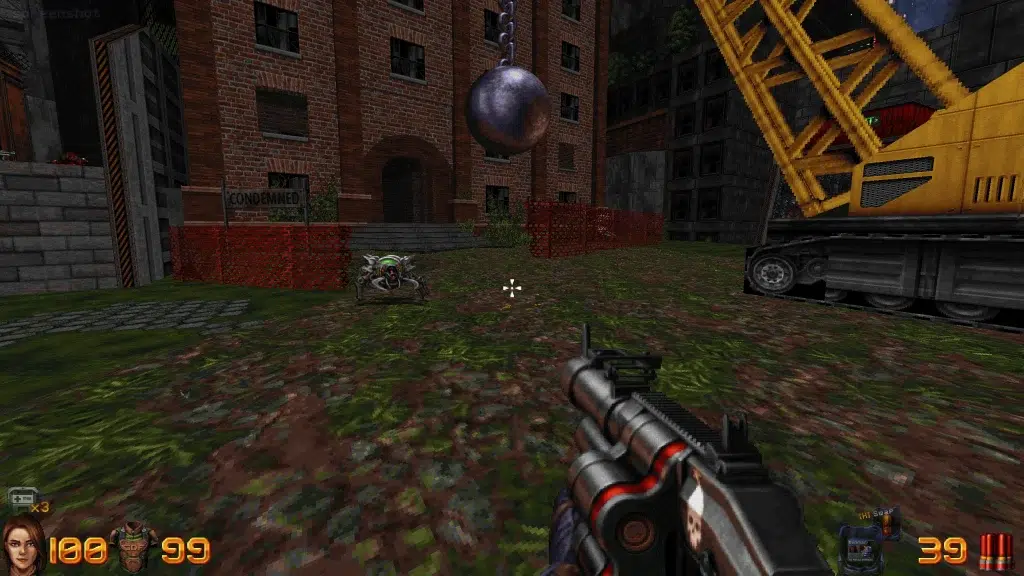
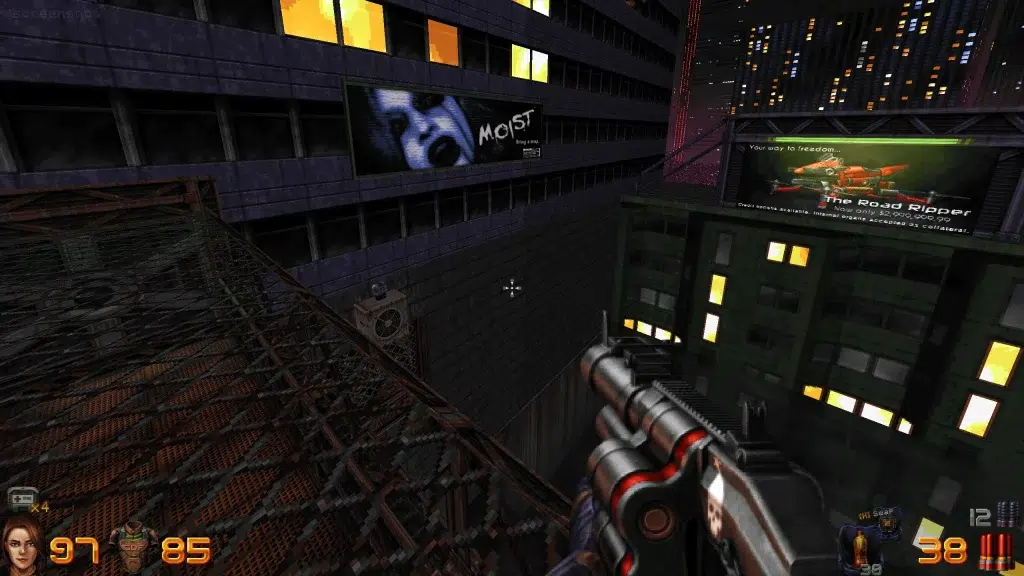
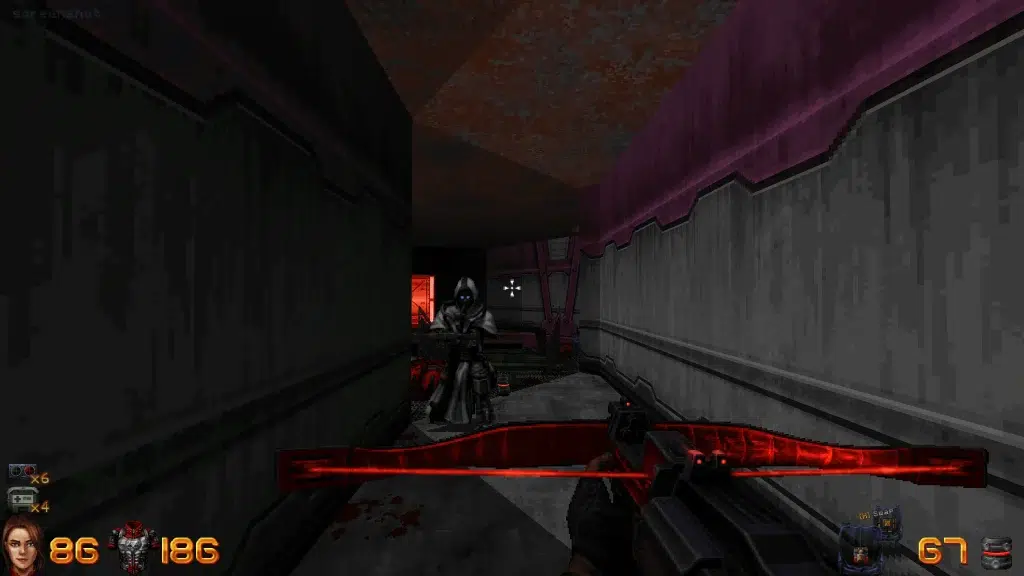
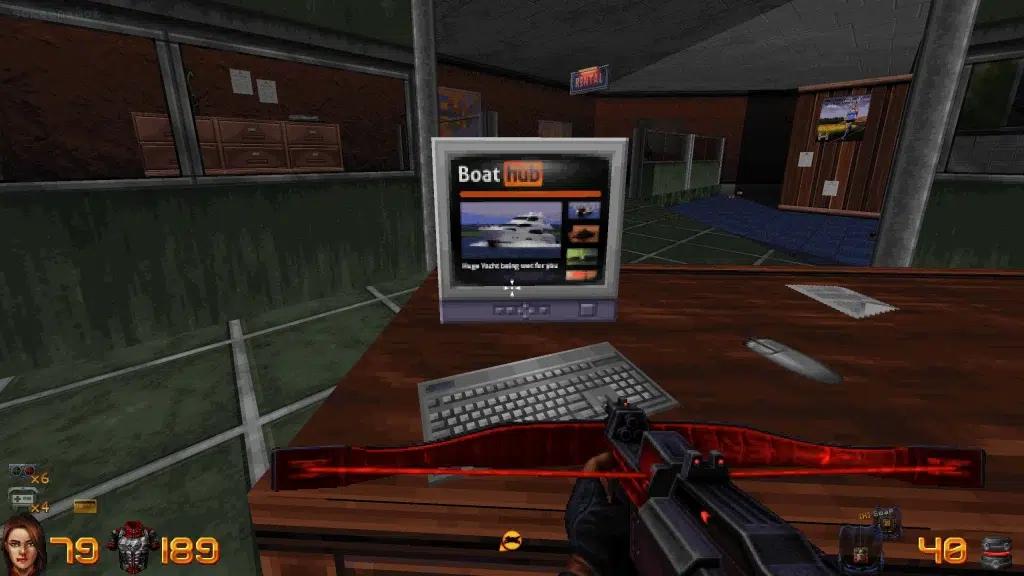
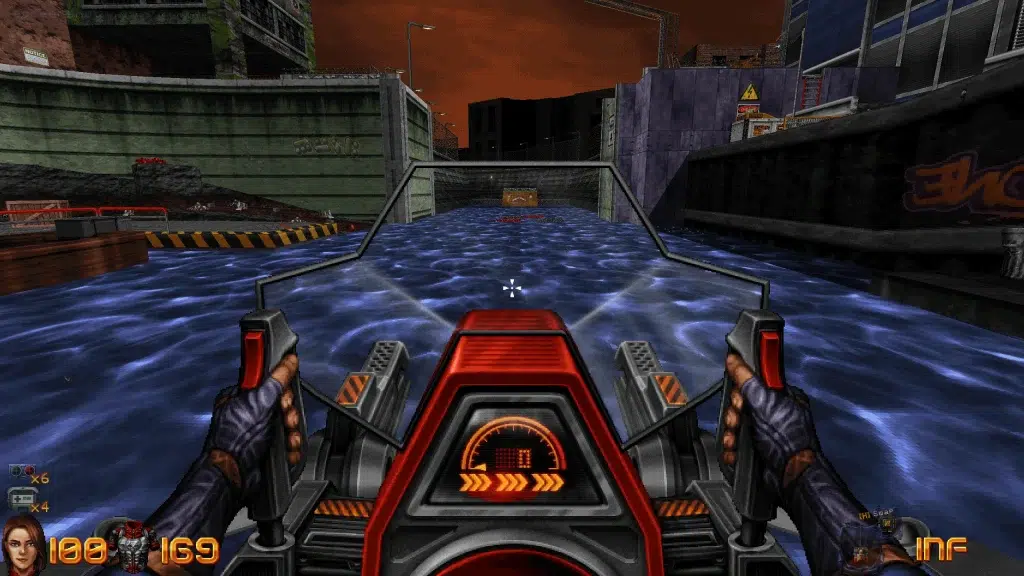
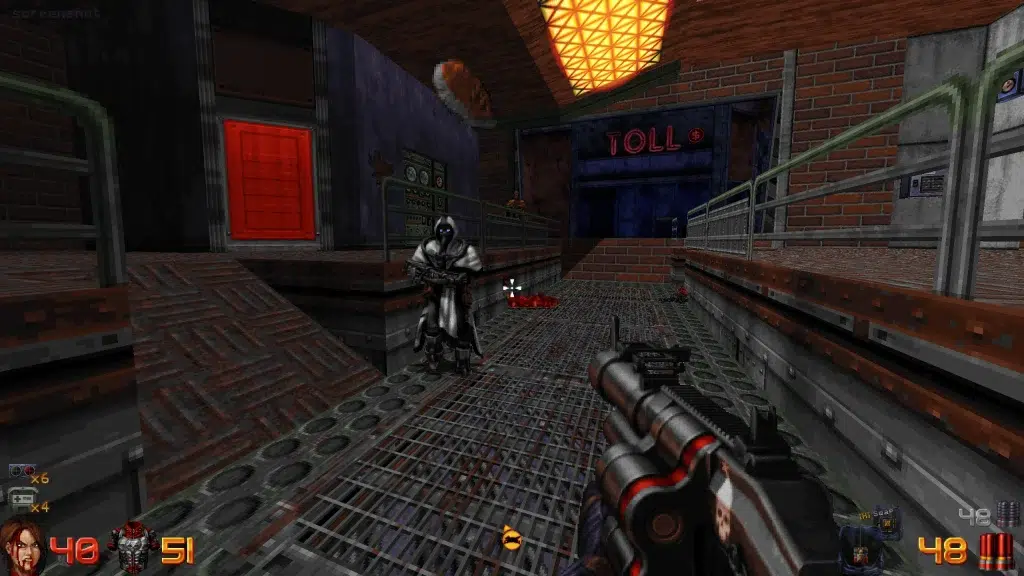
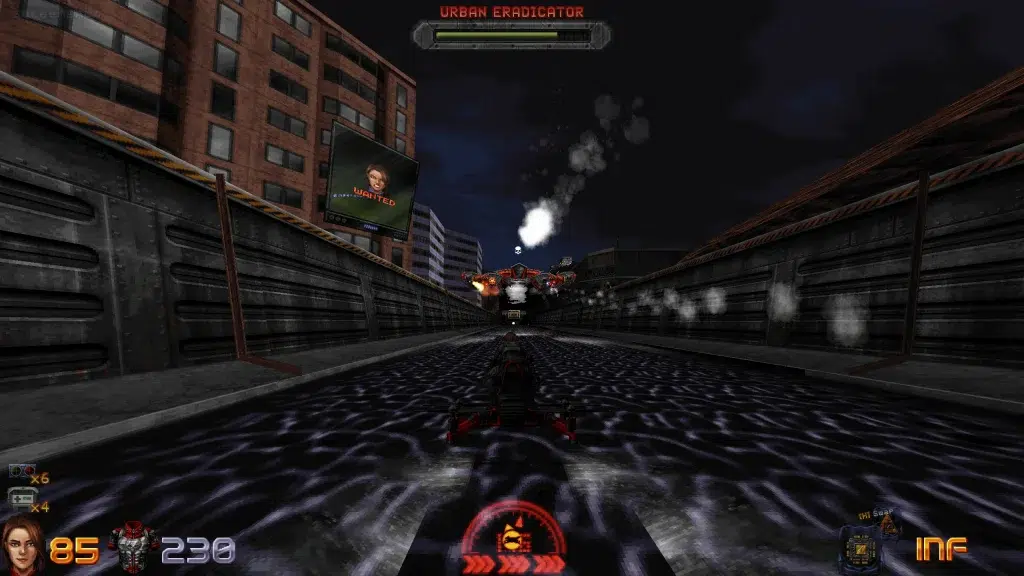
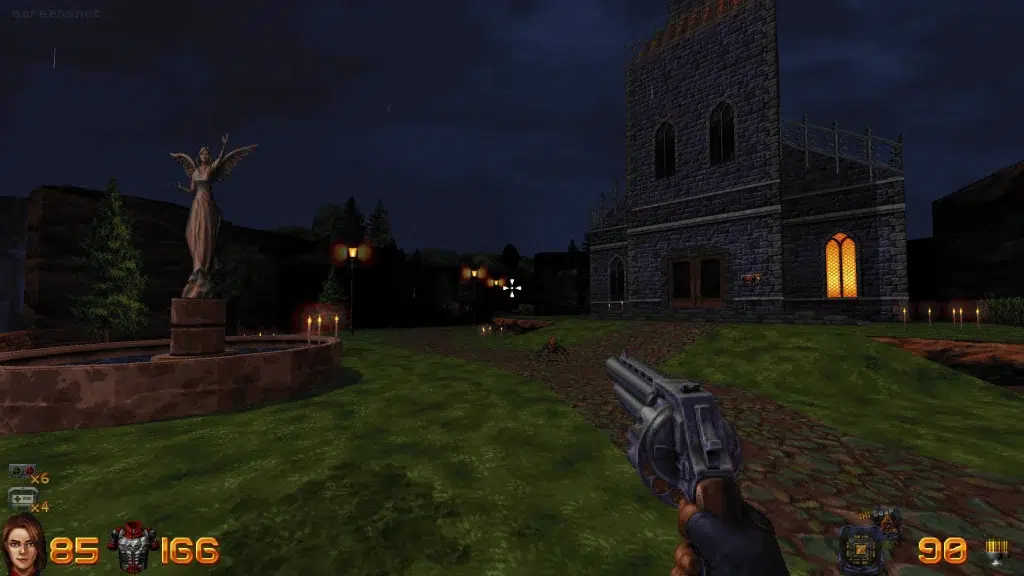
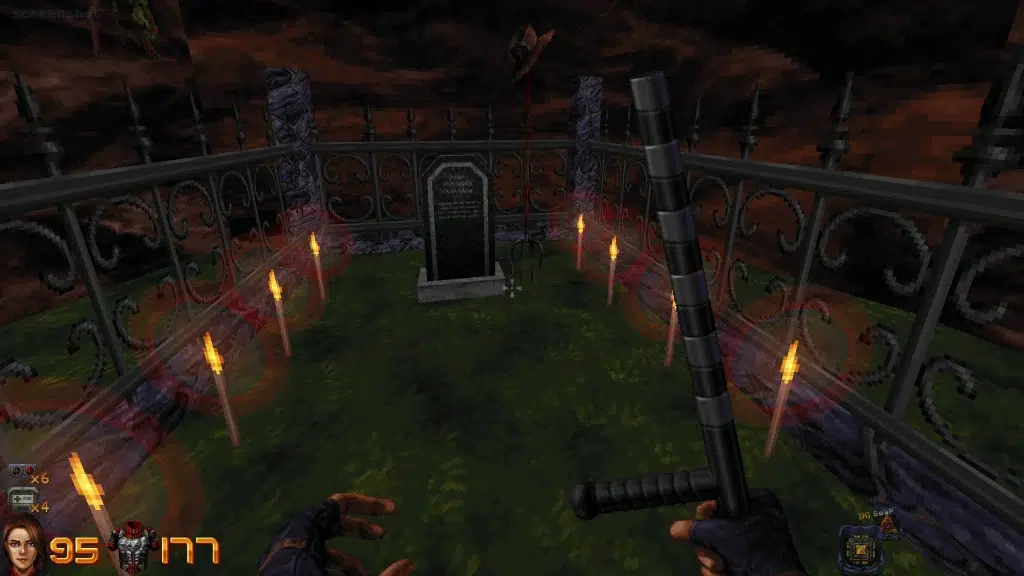
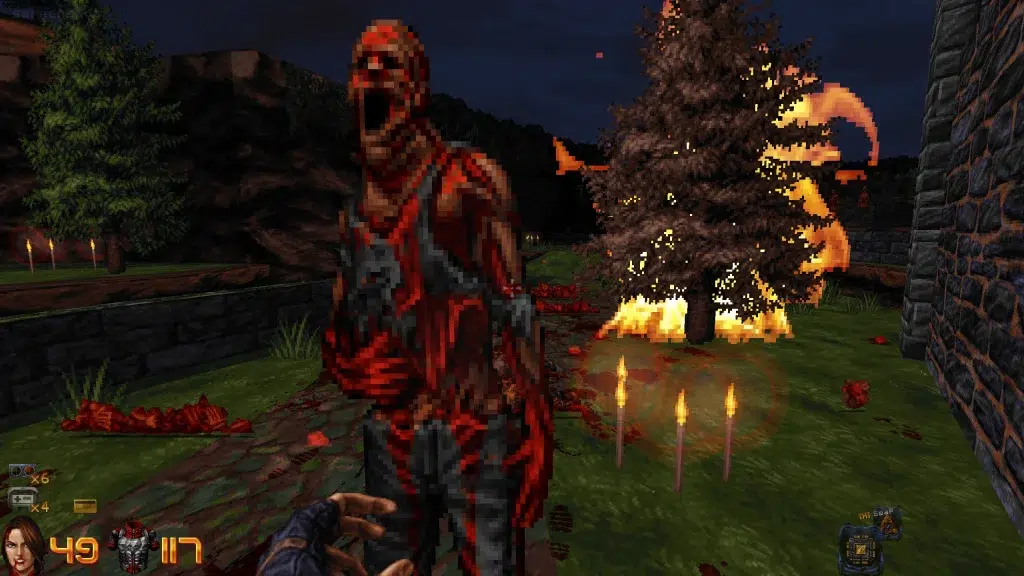
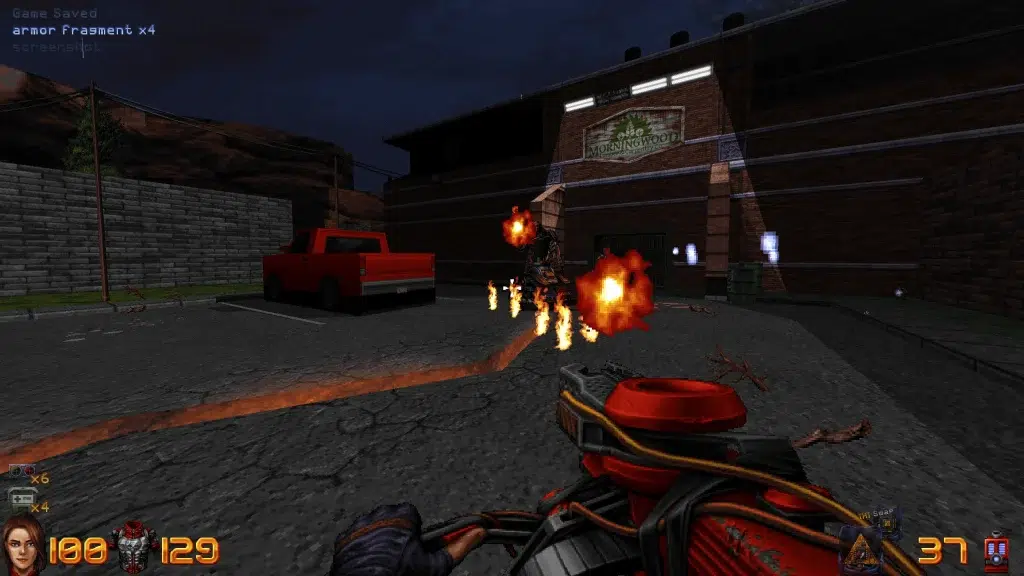
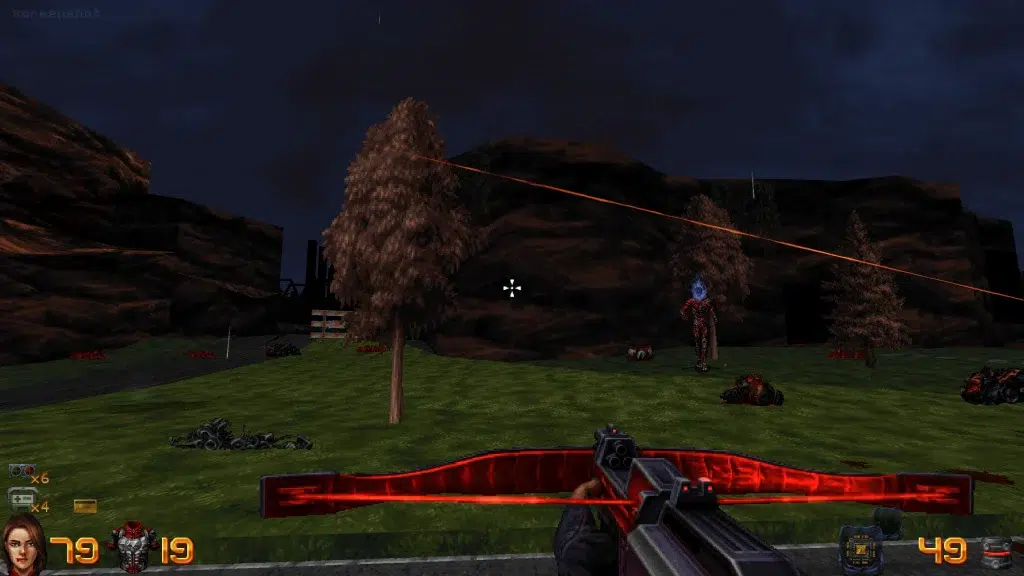
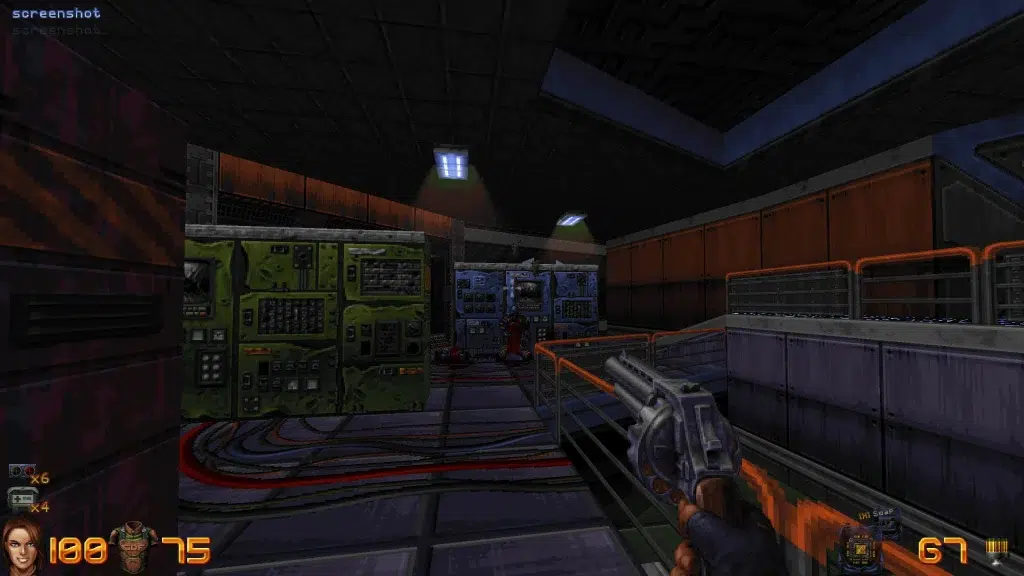
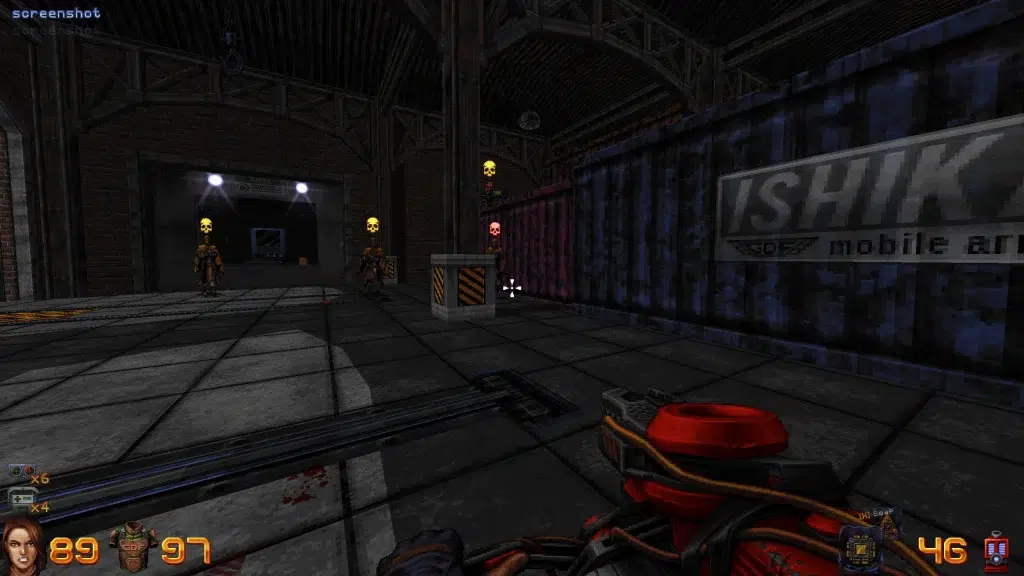
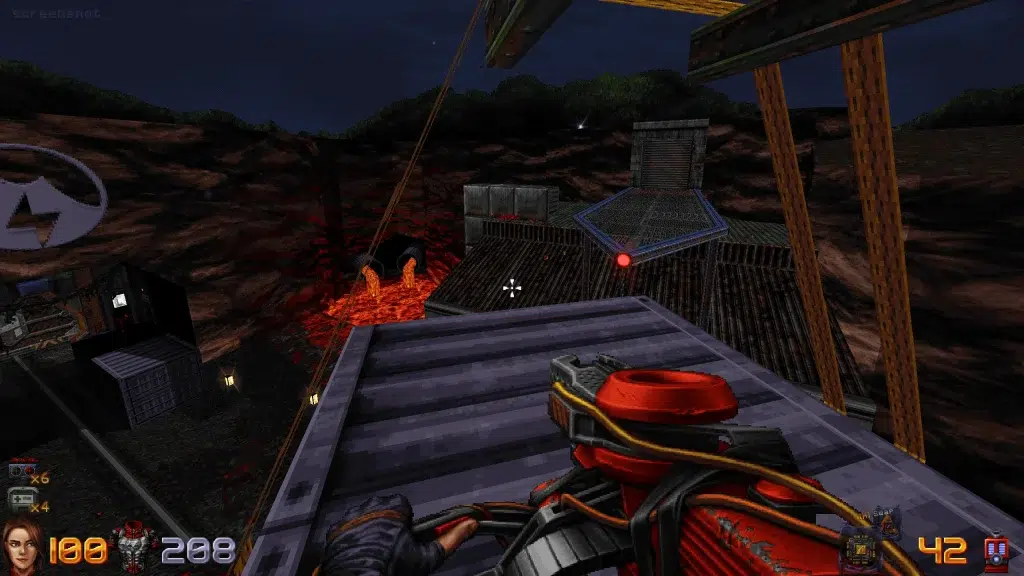
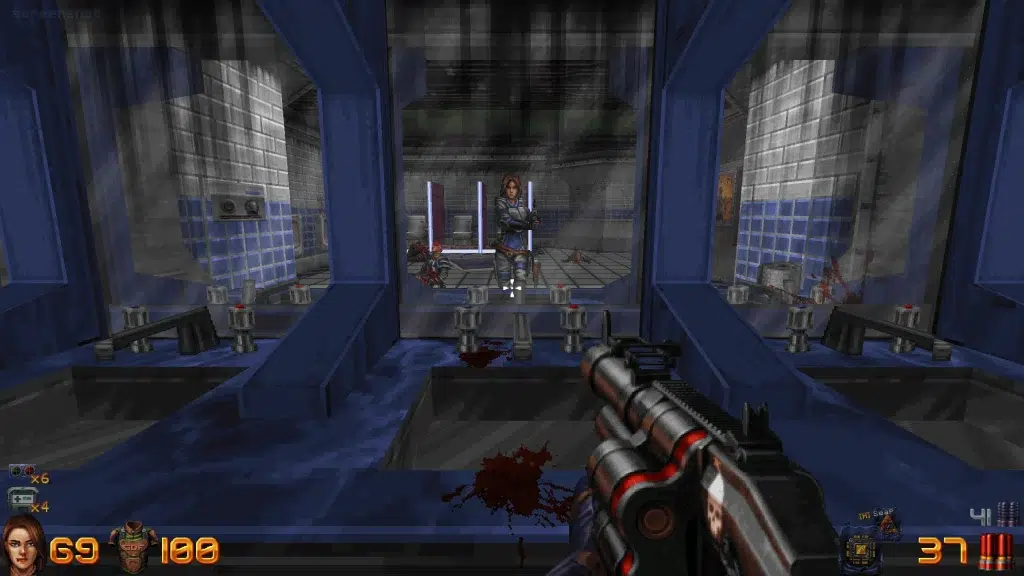
RATING - 87%
87%
Shellshocked!
A DLC that has a 90's Expansion Pack flair from the 90's and then some, especially in terms of content/price ratio.
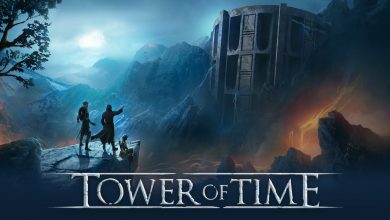
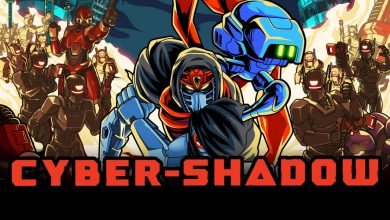
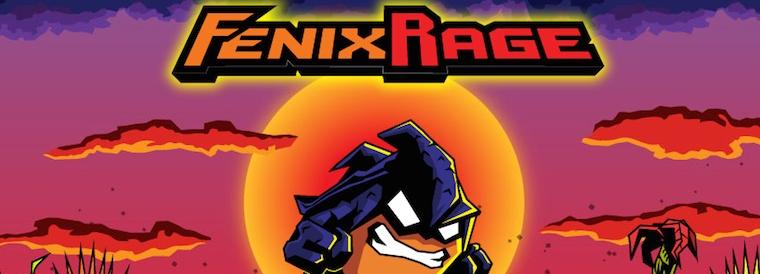
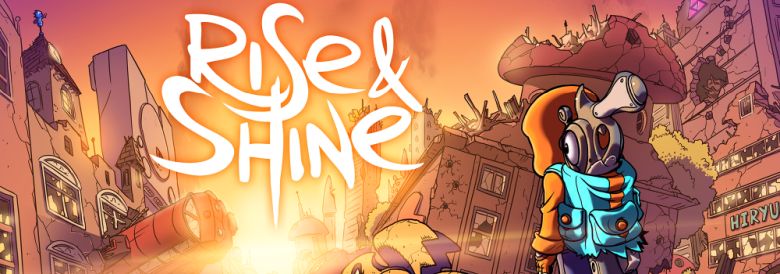


data-trpgettextoriginal=3 comments